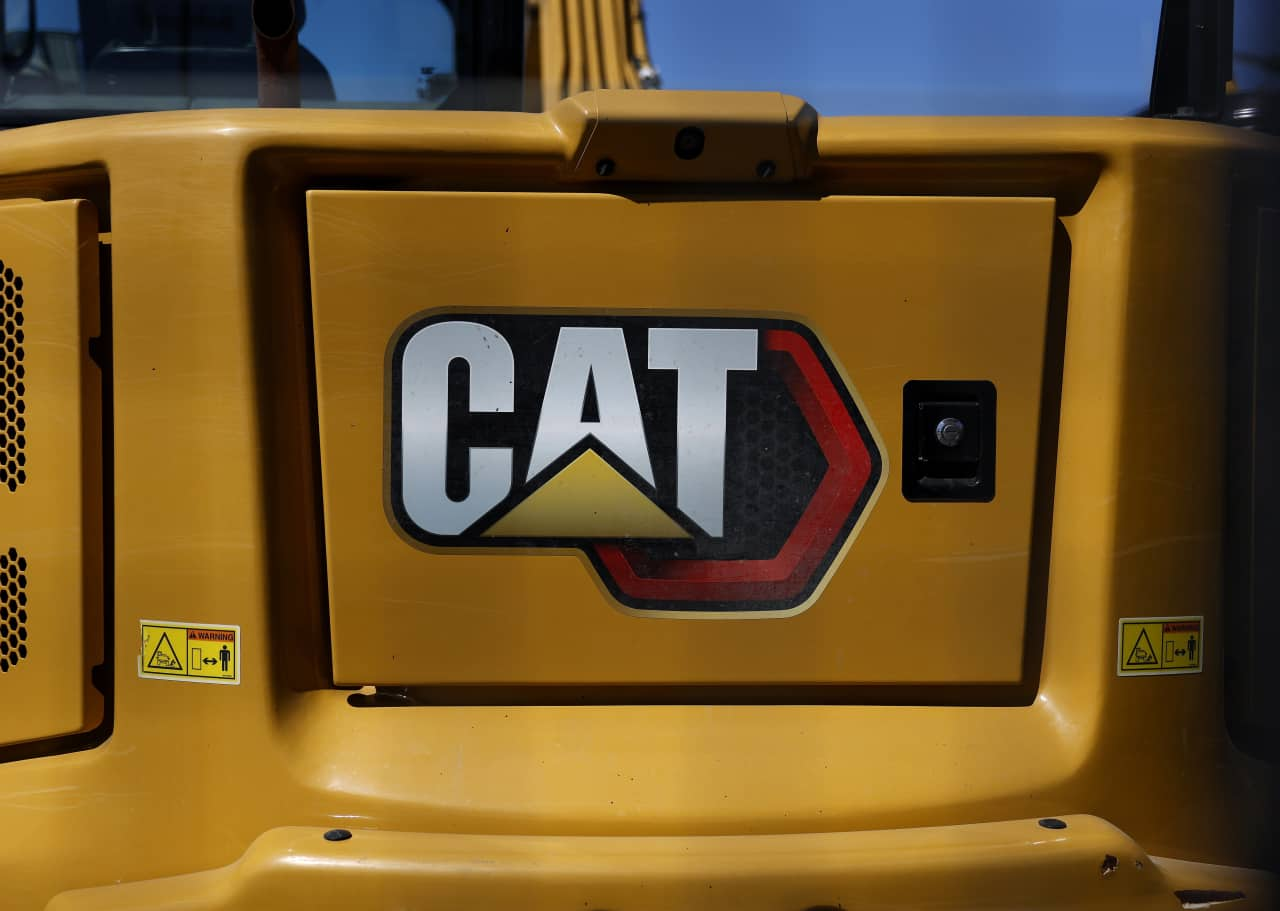Others Likely to Follow Caterpillar’s Tariff-Cost Warning as Prices Rise
New York, NY – August 30, 2025 – Caterpillar Inc., the world’s leading manufacturer of construction and mining equipment, has escalated its forecast for tariff-related costs in 2025 to as much as $1.8 billion, up from a previous estimate of $1.5 billion. The announcement, made in a regulatory filing on Thursday, has triggered a sharp decline in the company’s shares and raised concerns across the industrial sector about impending price hikes for consumers and businesses alike. Analysts predict that Caterpillar’s warning is just the beginning, with other manufacturers likely to follow suit as the full impact of President Donald Trump’s expansive tariff policies ripples through global supply chains.
The heavy-equipment giant cited “additional levies and clarifications” from the Trump administration’s latest round of tariffs, announced on July 31, which target imports from dozens of countries including Canada, the European Union, Japan, India, and several Southeast Asian nations. These measures, ranging from 15% to 41% on various goods, have already inflated costs for imported components like sensors, steel, and other raw materials essential to Caterpillar’s operations. For the third quarter alone, Caterpillar now anticipates tariff costs of up to $600 million, a $100 million increase from its prior projection. Despite these headwinds, the company maintained its full-year sales and revenue outlook, expecting them to be slightly higher than 2024’s $64.8 billion, though adjusted operating profit margins are now projected to hover near the bottom of the target range.
Caterpillar’s stock tumbled more than 3% in extended trading following the filing, contributing to broader declines in the Dow Jones Industrial Average, of which the company is a component. This comes amid a challenging environment for industrial machinery makers, where weak demand and elevated interest rates are limiting the ability to pass on costs to customers. “Our concern remains that CAT and the construction equipment group have thus far exhibited little to no ability to pass through tariffs,” noted Angel Castillo, an analyst at Morgan Stanley. BofA Securities analyst Michael Feniger echoed this sentiment, describing tariff headwinds as a recurring theme in recent earnings reports: “This continues to rise into the third quarter.”
The implications extend far beyond Caterpillar. According to Reuters’ global tariff tracker, companies reporting between July 16 and August 20 have collectively forecasted a $14.3 billion to $15.9 billion hit for 2025, with nearly $15 billion projected for 2026—primarily from the industrial and manufacturing sectors. A majority of these losses stem from higher costs on imported inputs, prompting firms to either absorb the expenses or raise prices. In the current earnings season, the combined impact has already reached $12.1 billion to $13.4 billion between July 16 and August 1.
Several peers have already signaled similar moves. Deere & Co., the world’s largest farm equipment maker, recently upped its tariff impact estimate to $600 million for 2025—$100 million more than previously anticipated—and cut its annual profit forecast twice due to slowing sales and higher steel costs. Eaton Corp., another industrial giant, issued third-quarter earnings guidance that missed Wall Street expectations, attributing part of the shortfall to tariff-driven manufacturing cost increases, leading to a more than 7% drop in its shares. Ford Motor Co. added $500 million to its 2025 tariff estimate, bringing the total to $2 billion. Even outside the industrial space, companies like 3M (expecting $850 million in impacts) and Johnson & Johnson ($400 million) have warned of tariff-related cost pressures from China and non-USMCA-exempt products.
Retailers and consumer goods firms are also bracing for price increases. Macy’s CEO Tony Spring indicated during an earnings call that the department store would implement “selective price increases” on certain brands and categories to offset tariffs, taking a “cautious approach” to its outlook. Adidas plans to hike U.S. prices following a double-digit million euro hit in the second quarter and an additional 200 million euros ($218 million) in the second half, driven by 20% tariffs on Vietnam-made products (27% of its volume) and 19% on Indonesia (19% of volume). Best Buy CEO Corie Barry warned that vendors across consumer electronics will pass on tariff costs, making “price increases for American consumers highly likely.” Nikon has already announced price adjustments effective June 23, 2025, citing recent tariffs. In the automotive sector, a 25% tariff on car imports could add $4,000 to $12,000 to manufacturing costs, potentially leading to higher vehicle prices.
Experts warn that these tariff-induced price rises could fuel inflation and disrupt supply chains further. Baird Equity Research analyst Mircea Dobre estimates an additional $1.1 billion cost for Caterpillar in 2026 alone, with limited mitigation options. While some, like Langenberg LLC’s Brian Langenberg, remain optimistic—”Annoying, but not a killer. Demand is demand, and if someone needs a bulldozer they will buy it and absorb the tariffs”—others highlight the sector’s vulnerability. CFRA Research analyst Jonathan Sakraida points to Caterpillar’s power generation business as a potential bright spot, buoyed by AI data center demand, but notes that broader growth is needed to offset tariff pressures.
Caterpillar CEO Joe Creed emphasized ongoing mitigation efforts, including cost reductions, dual-sourcing, and compliance under the US-Mexico-Canada Agreement, but acknowledged the fluid nature of trade negotiations. The company plans to provide more details during its third-quarter earnings call on October 29. As tariffs continue to reshape global trade, investors and consumers alike are watching closely for the next wave of warnings—and the price tags that may follow.
